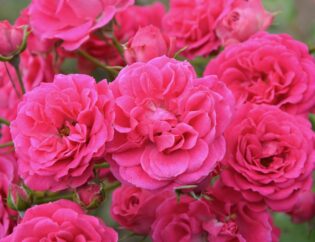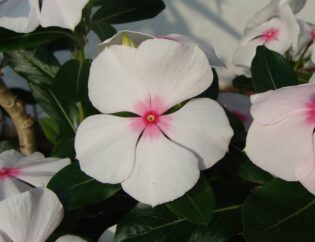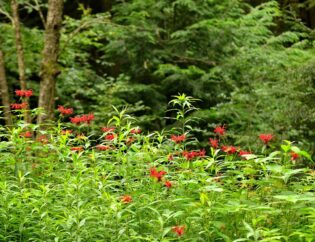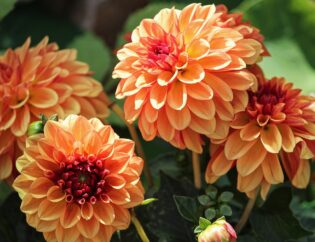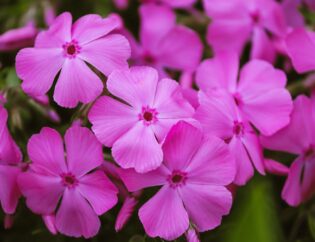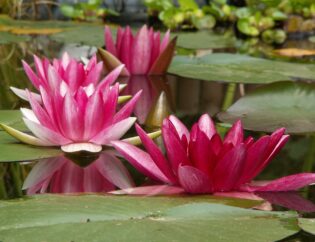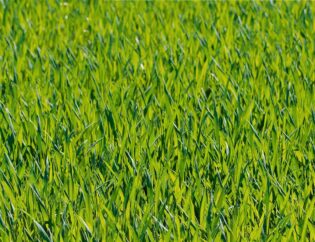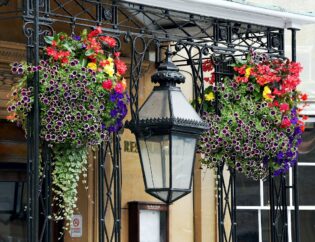
Drip irrigation systems are an excellent way to save water for the water-conscious homeowner. Whether the task at hand is a system modification, upgrade, or new irrigation installation, these systems are a great option.
Here’s more on why a drip irrigation system is a fantastic water saving method!
A Drip Irrigation System Is More Water Efficient
When it comes to efficiency, drip irrigation systems are 90% efficient, while their more traditional sprinkler system cousins have an efficiency rating of 50-70% (as noted by Colorado State University).
That means that they waste (and use!) less water than a traditional sprinkler irrigation system and are excellent at saving water. For lawns, a subsurface drip system with tubing buried beneath the turf is the usual set-up.
Because each emitter location is customizable, water is applied precisely. You’ll not only have a greener, healthier lawn, but you’ll be saving money on your water bill, as well!
Problems With Traditional Irrigation Methods
No watering method is perfect. Here are some major drawbacks to other irrigation systems:
Evaporation
Much of the water that’s emitted by a sprinkler doesn’t end up in your lawn. Instead, it is dispersed into the air. That’s because the sprinkler head sprays water into the air, where much of it evaporates into water vapor. In contrast, a drip irrigation system loses far less water to the process of evaporation.
Wind
If it’s a particularly windy day, then the water from a sprinkler system ends up being carried away and the process of evaporation is made worse. A drip irrigation system avoids this problem entirely.
Run-Off
As irrigation is applied, absorption is improved by slowing the flow rate and increasing the time for it to percolate through the soil. By doing so, the ground is better able to absorb the water. Drip irrigation slows the rate and increases the application time of the water. This ensures that the soil is evenly moist.
Erosion
The faster that water’s applied, the more likely it is to run. Consequently, the water drags away the substrate. Over time, soil and nutrients are leached from lawns and gardens. This leads to soil compaction and nutrient deficiencies in the soil.
Waterlogging
One of the biggest problems with flood irrigation is waterlogging, as it’s simply too much of a good thing. Firstly, the water saturates the soil and lingers without draining. Then, the plants suffer and there is an increased risk of diseases like root rot.
The vast majority of plants benefit from thorough watering in well-draining soil.
Why a Drip Irrigation System Saves Water
With a drip irrigation system, water is applied slowly over time. This allows the water to percolate without causing excess run off. It’s also easier to control exactly where the water is applied, so the problems of waterlogging and oversaturated soil are prevented.
Further, smart controllers are available. When combined with a drip irrigation system, a smart controller allows for watering zones to be arranged. Then , the system is customizable plant-to-plant and in each section of the yard.
Drip irrigation systems are all about the careful application of water; quality over quantity, as they say.
Additional Ways to Save Water
The irrigation system used makes a huge difference in water use efficiency. However, there are additional ways a homeowner is able to save water in their outdoor space:
Choose Drought Resistant Turf Grass
One of the best ways to save water is to choose a grass that’s drought resistant. There are several varieties of drought tolerant grass available on the market, with Bermuda grass being a popular option for those looking to save water.
Improve Soil Quality
Amend clay and sandy soils to create a loam. Loam is a balanced soil of sand and inorganic matter, which allows for the soil to better absorb water without becoming waterlogged. Water retention and good drainage are ensured by this soil type.
Aerate
Compacted soil is prone to both irrigation and rainfall runoff. The process of aeration pulls small plugs of soil out of the lawn. This allows for the lawn to absorb water more evenly and helps fertilizer, moisture, and air reach the root zone.
Choose the Right Perennials
Some plants are water hogs while others have modest requirements. Consider watering needs when deciding which perennials to plant. We’ve got more information on choosing perennials over here. And don’t forget about drought tolerant native plants!
Water More Deeply
Perennials benefit from a regular watering schedule that thoroughly saturates the soil and dries out a bit between water applications. Allowing the upper layers of the soil to dry encourages deeper roots as the plants search for water.
The end result is that these deeper roots make the plant more drought-resistant. Further, they are resilient to strong winds because of a more extensive root system.
Got a Project in Mind?
Here at Atlanta Turf & Tree, we take immense pride in building beautiful, lasting landscapes that double as living art. We have over 35 years of combined experience in the industry and understand the challenges unique to Georgia landscapes. Contact our landscaping services experts to get going on your project!
